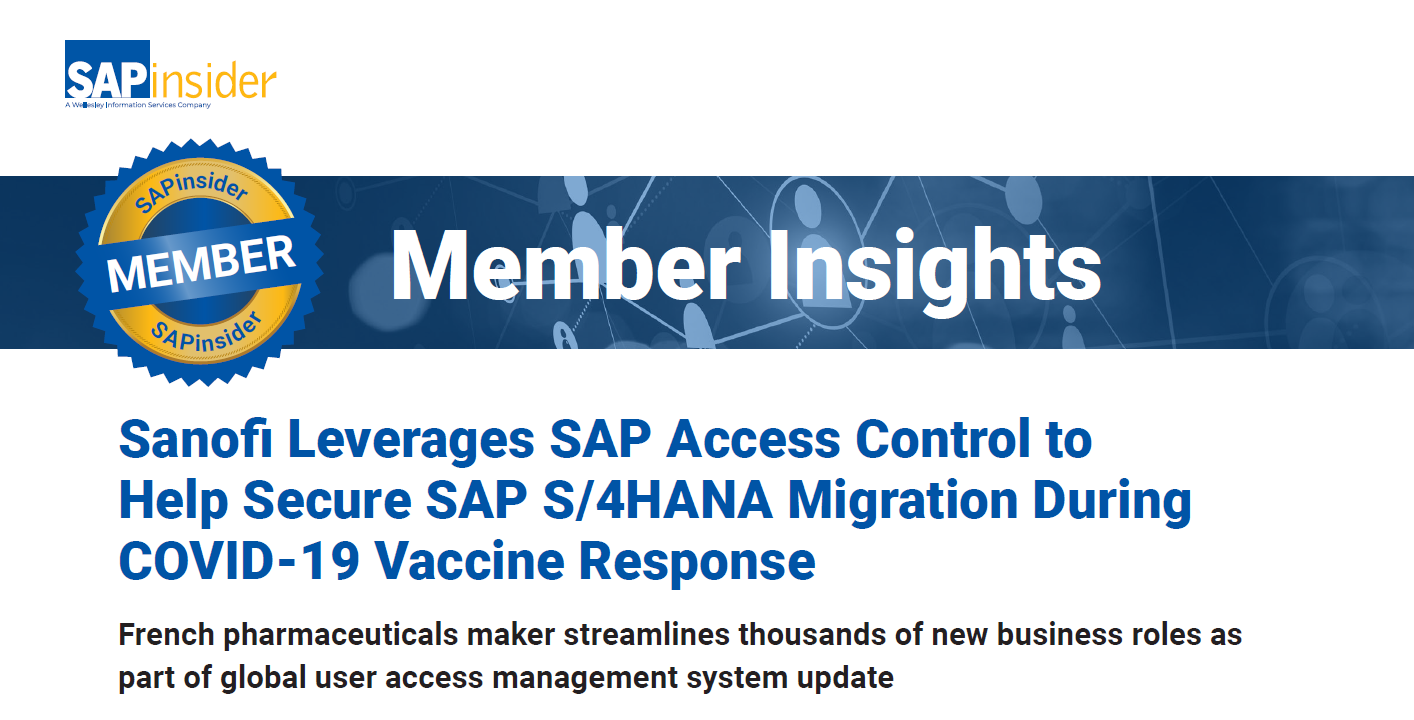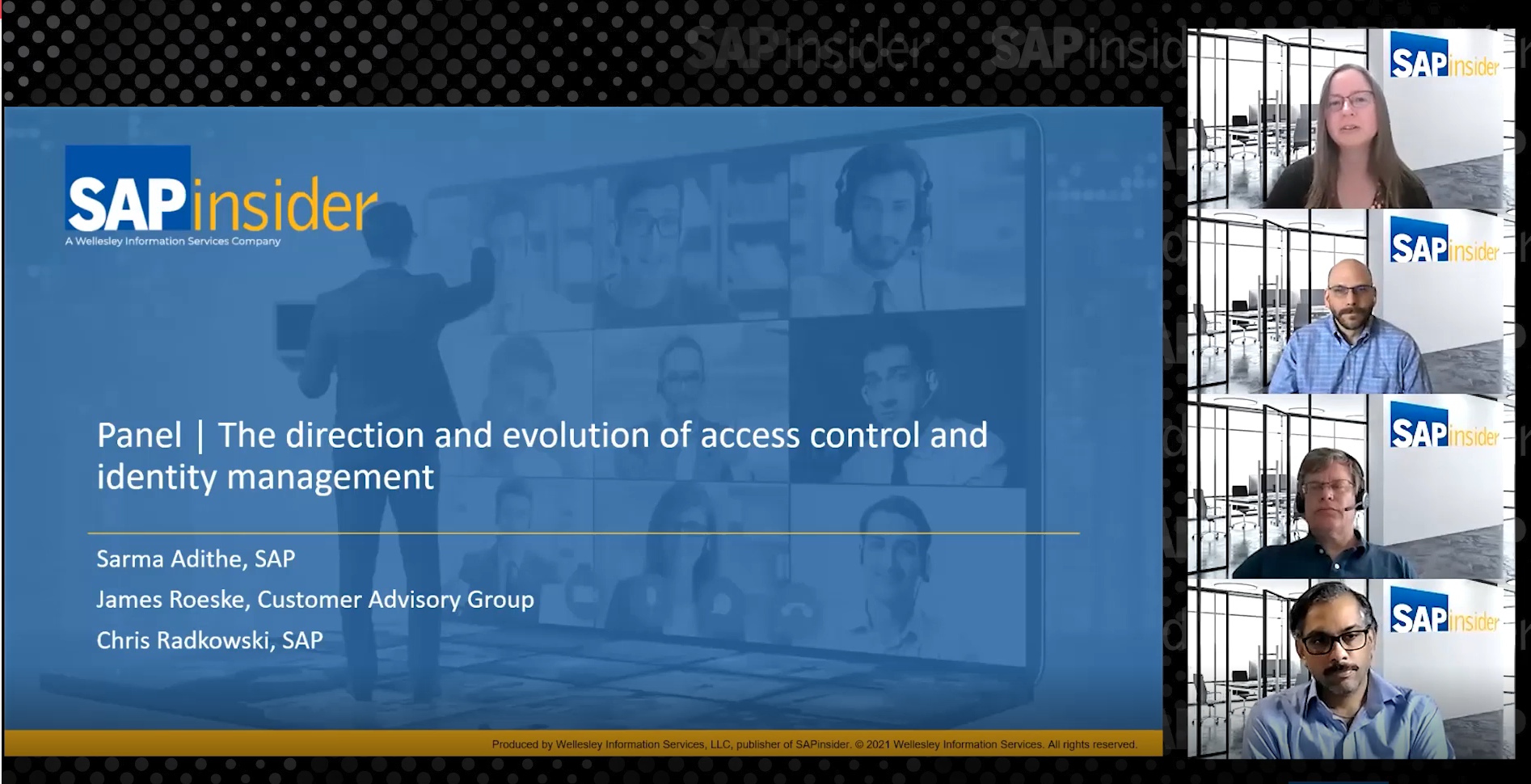Relaxo Footwears Takes Huge Strides to Improve SAP User Management
Relaxo Footwears Limited -- the largest footwear manufacturer in India -- produces roughly 600,000 pairs of shoes each day, which are sold through 900 distributors promoting 11 brands and 300 retail outlets in 125 cities across the country. Since implementing SAP Apparel and Footwear in 2009, Relaxo has more than doubled its SAP licenses, and over time, this expanding footprint began hampering visibility into license allocation and management.
In 2015, Relaxo decided it was time to move forward with an integrated security solution to monitor licensing, automate provisioning for its SAP environment, and mitigate segregation of duties (SoD) conflicts. The business chose the Security Weaver compliance suite of solutions including License Management, Separations Enforcer, and Secure Provisioning.
Learn how the business used this software to achieve a 25% return on investment (ROI) within 90 days by eliminating license overruns and costs associated with managing SAP licenses and by reducing the time spent on managing user authorizations from 3-4 days per request down to a handful of hours. Also, learn how they addressed access related risks and significantly reduced the time required to identify and remove or mitigate user access risks associated with Segregation of Duties (SoD) and sensitive access.








